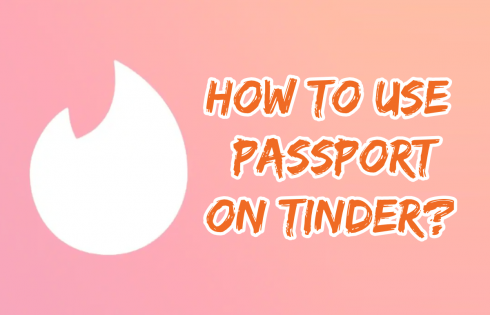SFS is an acronym that means “shout-out for shoutout” or “snap for snap” or “spam for spam” and is commonly used to boost the reach of any type of Snap Story. It is also used as Hashtag.
Keep in mind that when you see #SFS on a Snapchat Story, means the user shared it with the goal of getting as many users to share it as possible. It is used by influencers to promote each other.
Snapchat is on a campaign to keep its users engaged by encouraging them to use the app and stay connected to it. As Snapchat evolves with big updates, so do the trendy terminology and tags used by users on multiple apps such as TikTok, Instagram, and Twitter to share their ideas with just a few words. SFS is one of the most popular acronyms right now and if you’re unfamiliar with the acronym, here’s all you need to understand about what does SFS mean on Snapchat and how to apply it.
Those unfamiliar with Snapchat may believe that its people engage in code. These phrases are not just for Snapchat; each abbreviation has a straightforward meaning that makes it simple to move with the times.
It’s useful to know the complete form of certain acronyms, whether you’re attempting to keep up with such a generation or maintain yourself currently. The abbreviation SFS is doing the rounds on Snapchat and has become rather popular.
Despite the fact that this abbreviation is exclusive to Snapchat, users can use it on other social media networks. It is used to discover new people and grow your subscriber or contact list.
How is the Hashtag Used?
Users can find people wishing to expand their follower count and advertise themselves by looking for #SFS on social media networks.
The hashtag can be used to get many likes on a post quickly. Searching #SFS shows hundreds of results, which can be double-tapped to ‘like’, thereby increasing the popularity of the user who posted the content.
Using a hashtag is the most practical option. Many social media platforms have a powerful search engine that can easily discover users who are using the hashtag “#SFS.” Incorporate the Snapchat username with both hashtags so that people who are interested can discover you straight away.
You could also use SFS exclusively on Snapchat. To improve the reach of your Story, add the hashtag to it. The goal is to have as many people share and interact with the post as possible.
Snapping a user directly is another technique to use SFS. Don’t wait for someone to notice your Story if you’ve a certain user in mind. You can ask them “SFS?” and see if they’re interested.
The SFS hashtag, as useful as it is, has also earned a bad reputation on social networks. Some users see it as a clumsy attempt to gain more subscribers without providing engaging content.
As a consequence, not all of the returned photos and remarks will be good. To avoid the drawbacks of using SFS, attempt to create engaging material that people will want to share. You won’t be abusing the hashtag this way. Instead, you’re utilizing it to spread the word about high-quality material.
How Do You Give Someone a Shoutout on Instagram?
When using an Instagram account name, always prefix by a “@,” anywhere your followers will see it.
This can be shared on your regular feed or in your Stories, which are only visible to your followers for 24 hours.
If one account has a large number of followers, you may have to pay more for the more popular account for the shoutout. Shoutouts are posted in snaps and Stories on Snapchat by the influencers.
SFS: spam for the sake of spam
Spam for Spam is another well-known meaning of SFS. SFS is used when someone asks you to comment on and like all of their posts in exchange for them doing the same.
SFS: so f****** stressed
If you imagine that the final football match will take place in a few days and you’ve not yet made any particular preparations, you could use SFS. It demonstrates your concern for the SFS Football final match.
What is the Best Way to React to SFS on Snapchat?
If you are tagged in a #SFS Snap, then you have the option of ignoring the snap or resharing the owner’s post, in which case they will share the post, increasing engagement rates for both of you. The goal of #SFS is to have as many people see a post as possible.
Around the 1980s, radio hosts, MCs, and DJs began to utilise the phrase sfs. As a result, people used this term to say hello to colleagues or dear ones in the audience or in a club over the airways. With the widespread use of various social media platforms in recent years. As a result, it’s becoming a means of advertising or a “plug.”
As a result, you now have a deeper understanding of SFS. Simply put, “shoutout for shoutout” refers to mutual promotion.
“Snap for Snap” and “Spam for Spam” are variations on this theme.
Things to keep in mind while responding to a #SFS Post or Story
#SFS posts have an infamous reputation for being clickbait, if on Snapchat or Instagram. While such postings do receive a certain level of wide reach, not much of the feedback is positive, as no one likes sloppy content.
This isn’t to say that all #SFS material is terrible, so make sure that whatever you’re sharing is genuinely worth sharing and contains decent content. If you’re going to ask for a #SFS from your own work, make sure it’s worth sharing. This way, you’re not exploiting #SFS’s benefits and are instead maximising the reach of valuable content.
The meaning of SFS is the same on What’s App, TikTok, Twitter, and various social media platforms.









